Ancient Sumerian texts refer to the Anunnaki as “those who descended from heaven”, a powerful race of extraterrestrial beings who projected humanity hundreds of thousands of years ago.
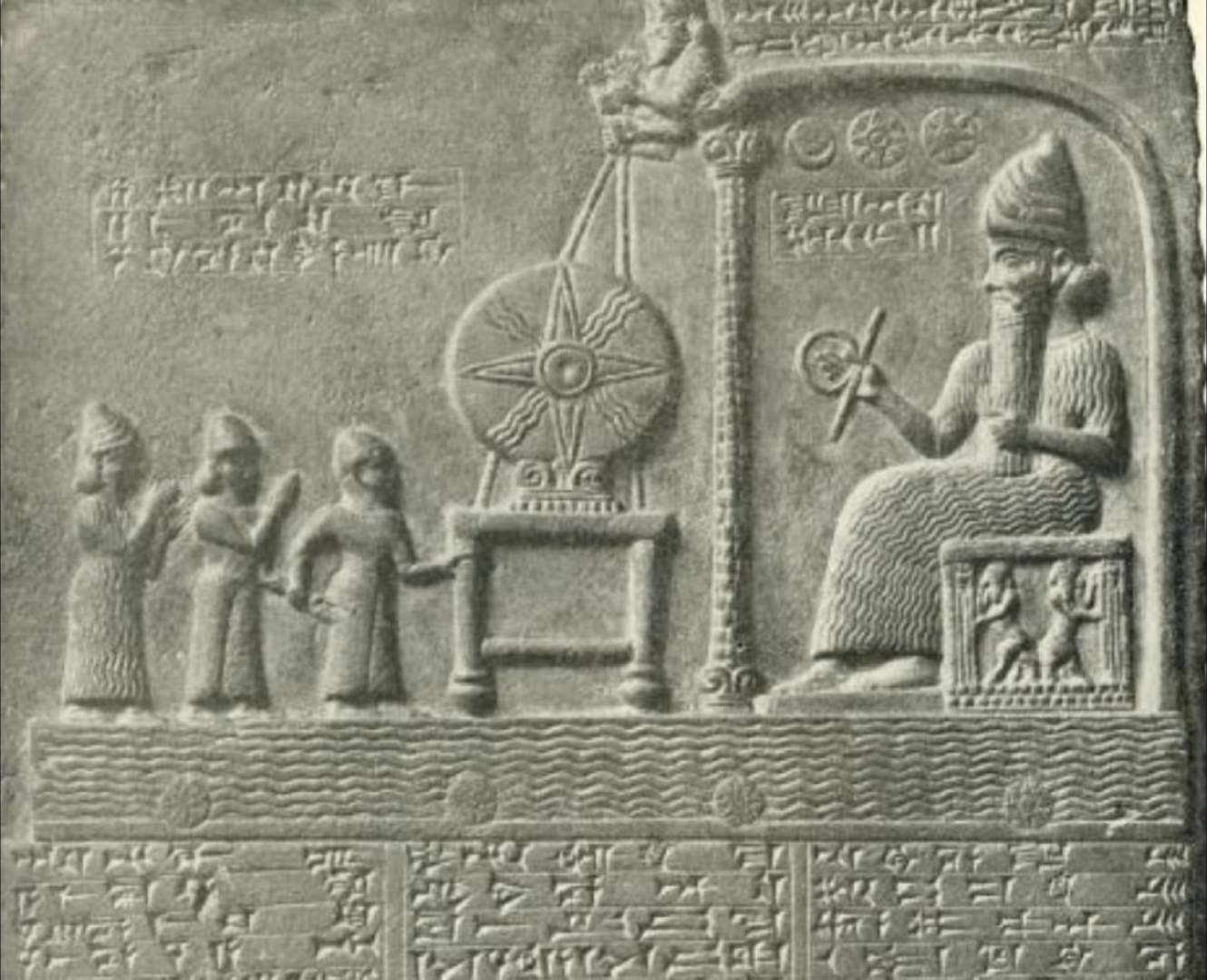
The Anunnakis, or “those who descended from heaven,” were the primary gods of the ancient Sumerians, Akkadians, Assyrians, and Babylonians, who lived in Mesopotamia, which is now Iran and Iraq.
Enki was one of the most significant gods in Sumerian mythology and the patron of the city of Eridu, which the ancient residents of Mesopotamia thought to be the first city established in the world. Enki is responsible for the creation of mankind, who were destined to serve the gods, in the Epic of Atrahasis, a Sumerian mythology epic poem that covers the story from Creation to the Great Flood.
Humans, who at this time had long lives, multiplied rapidly and Enlil, the chief of the gods, was very disturbed by the noise that humans were making and decided to send catastrophes to Earth to reduce the population and, in each catastrophe, the humans begged to Enki to teach them what to do to survive.
Enlil then resolves to send a great flood to wipe out humanity once and for all, and as Enki was unable to thwart Enlil’s plans, he descended to Earth to save Atrahasis, whom he considered a just man. Enki ordered and instructed Atrahasis to build an ark to save himself from Enlil’s wrath, and all other humans were destroyed in the flood.
After the flood, Enlil suggested creating the human being again, but this time with some limitations, such as being less fertile, short-lived and more vulnerable than the previous race.
The planet Nibiru
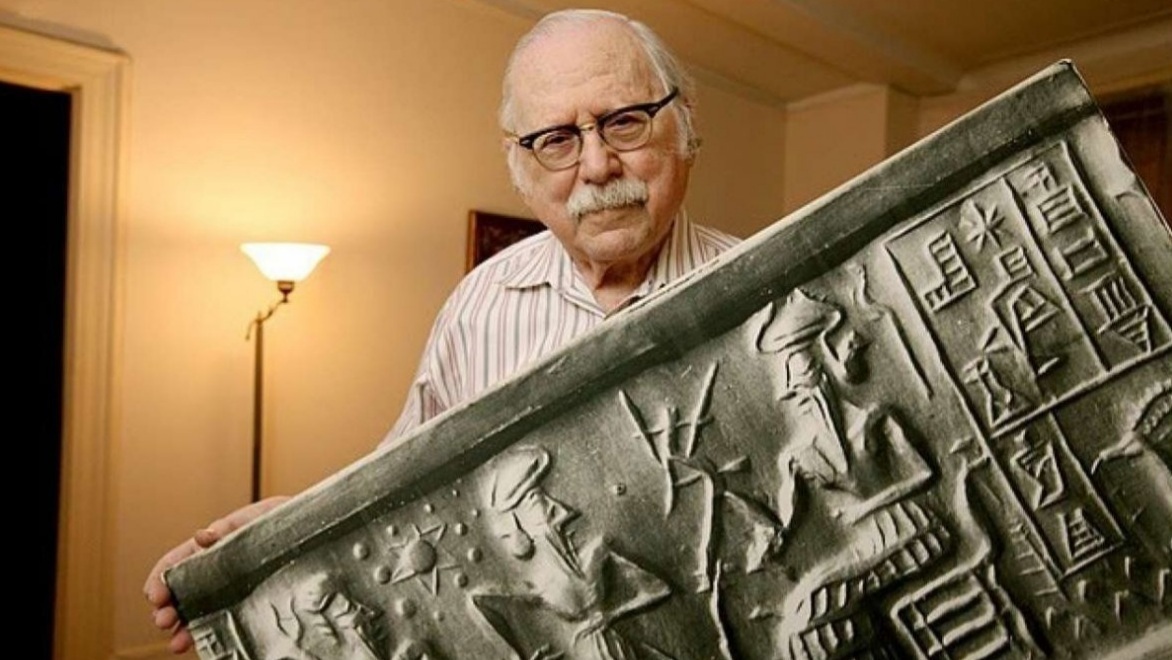
Zecharia Sitchin, an Azerbaijani writer, offers a radically different perspective of humanity’s origins, as he explains in his book collection “The Chronicles of the Earth.”
Zecharia Sitchin qualified the Anunnakis as Ancient Astronauts and that “those who came from heaven” would be an extraterrestrial race, of intellectually superior beings, who taught the Sumerians about astronomy, architecture, mathematics, medicine, metallurgy and gave them the written language.
Sitchin thought that modern Homo Sapiens were the result of genetic manipulation and that the Anunnaki formed the Sumerians by fusing a hominid’s DNA with their own.
Based on the Babylonian poem Enuma Elish, collected on cuneiform clay tablets from the library of the Assyrian king Ashurbanipal in the city of Nineveh, Zecharia Sitchin, an expert in ancient languages, begins a reinterpretation of the Earth’s creation myth, which has curious similarities with the biblical Genesis.
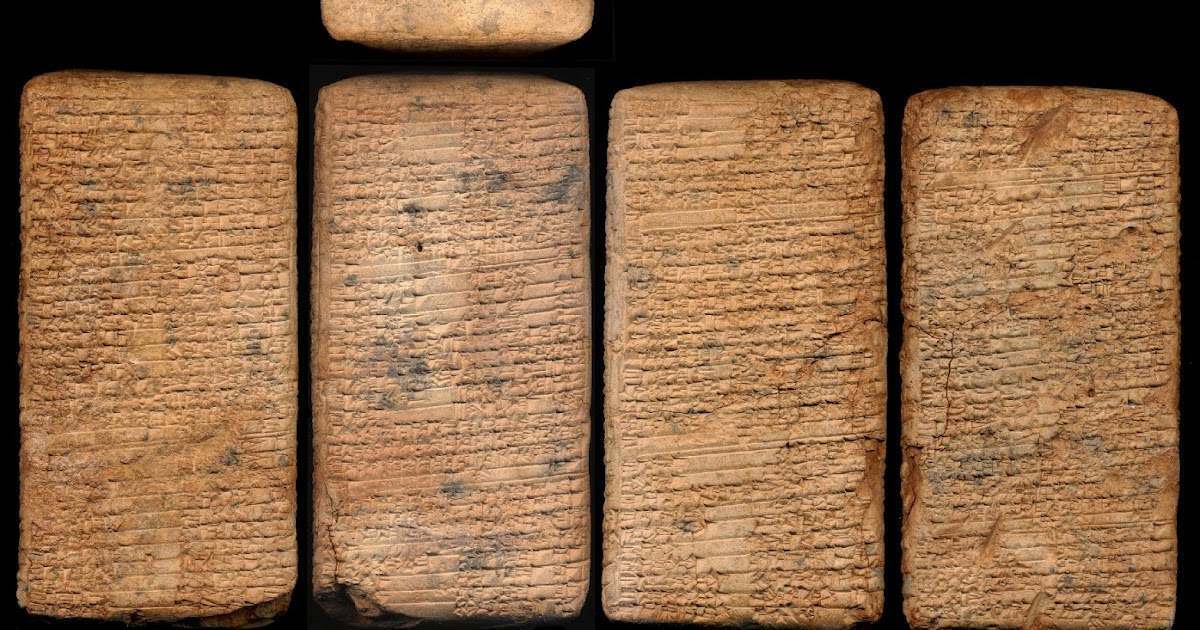
Nibiru, the “Twelfth Planet,” has a lengthy elliptical orbit of 3,600 years around the Sun, according to his interpretation, and was occupied by people very similar to us.
According to Sitchin, one of Nibiru’s two moons might have crashed catastrophically with Tiamat, an ancient planet located between Mars and Jupiter that split in two, with one of the parts being thrown into a new one millions of years ago. Orbit along one of Tiamat’s moons, forming the present planet Earth with its Moon.
Later, in another passage, the planet Nibiru itself would have hit the remnant fragment of Tiamat, which shattered and formed the Asteroid Belt.
After the serious collapse and in order to solve the problems suffered on their planet, the Nibiruans began to travel through the Solar System in search of gold and, about 450,000 years ago, Nibiru approached the Earth’s orbit, allowing some individuals to go sent in spaceships to our planet.
They established their bases in ancient Mesopotamia and important gold deposits in southern Africa, where they established their mines to extract valuable minerals. However, the Nibiruan masters did not carry out the mining work, so they sent the Anunnaki people to do this task.
The Anunnakis were beings over ten feet tall, with white skin, long hair and beard. Despite their physical and intellectual abilities, began to be treated as a kind of slaves, for this reason, the Anunnakis soon rebelled against their supervisors and demanded the creation of an inferior being to take their place.
The Nibiruans accepted the proposal and decided to create a new species, combining their genes with the genes of the most evolved primates that lived on Earth.
The creation of humanity
At first, Enki and Ninmah, who were the chief scientists, designed beings of formidable strength and great size, who worked for the Anunnakis in the mines, however, these new beings could not reproduce, so they had to be continually created to achieve optimal production of mineral extractions.
Enki and Ninmah developed several prototypes of beings until they got one that could reproduce with each other, so the first human species had been created in the form of Homo erectus.
Each time Nibiru moved away from Earth, a part of the “gods” returned to their home planet until the end of the 3,600-year cycle, a period that the Sumerians called Sar while a part of the Anunnakis remained on Earth to manage the gold mines and its new workers.
However, the new humans drawn in the image and likeness of their creators began to have disputes over earthly issues, forming alliances and rebelling against their masters, just as had happened before with the Anunnakis.
Many of them managed to escape the mines and set themselves up as free individuals elsewhere on Earth to start a new, but primitive, way of life. After 3,600 years, the orbital cycle was once again completed, Nibiru approached our planet again, and the Anunnaki leaders returned to Earth, only to find that the situation was out of control again.
They punished the Anunnaki by making them work in the mines again, and during their brief visit to Earth, they began new experiments to create a new, more perfect race of workers. Thus, the chief scientist Enki and the physician Ninti made use of genetic manipulation and in vitro fertilization and designed a new species with greater intellectual capacity, capable of thinking, speaking and reproducing, and created homo sapiens.
“Man and woman he created them; and he blessed them, and called them by the name of Adam, in the day they were created.” Genesis 5:2.
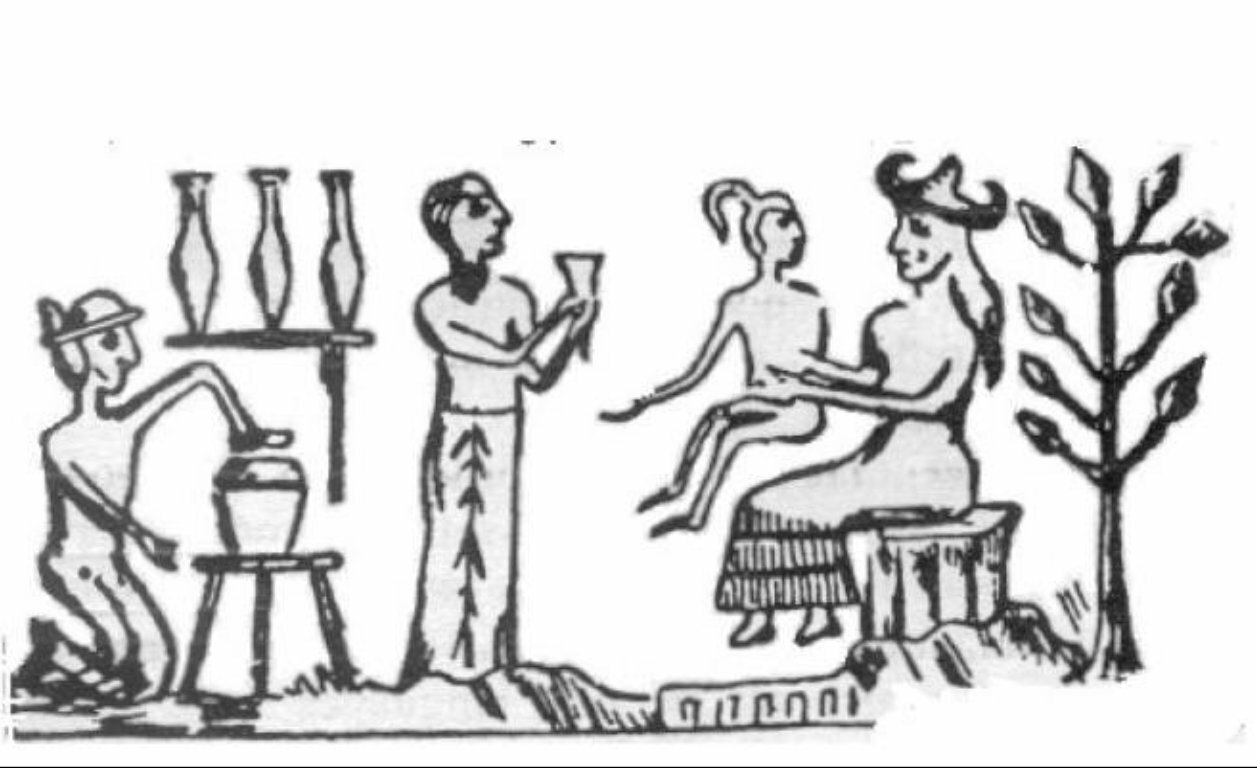
The Hebrew term Adam, therefore, does not refer to a single man, but rather to the first group of human beings called Adamites or “those who are of the earth”.
According to Sitchin, ancient writings suggest that these “gods” guided the development of Sumerian civilisation and that the human monarchy was formed to serve as a conduit between mankind and the Anunnakis.
After the birth of man, there was still one major issue. The other humanoid beings that had escaped and scattered were expanding and spreading throughout much of the world. The solution came in the form of a massive flood as a result of the disturbances that were taking place in the Solar System for about 12,000 years.
The Anunnaki then decided to abandon the planet and leave all of its inhabitants to the flood, but Enki, convinced that his most recent creation was too perfect and unique, decided to help and save humans by instructing Atrahasis to build a massive ark, in a story that is very similar to the biblical Noah.
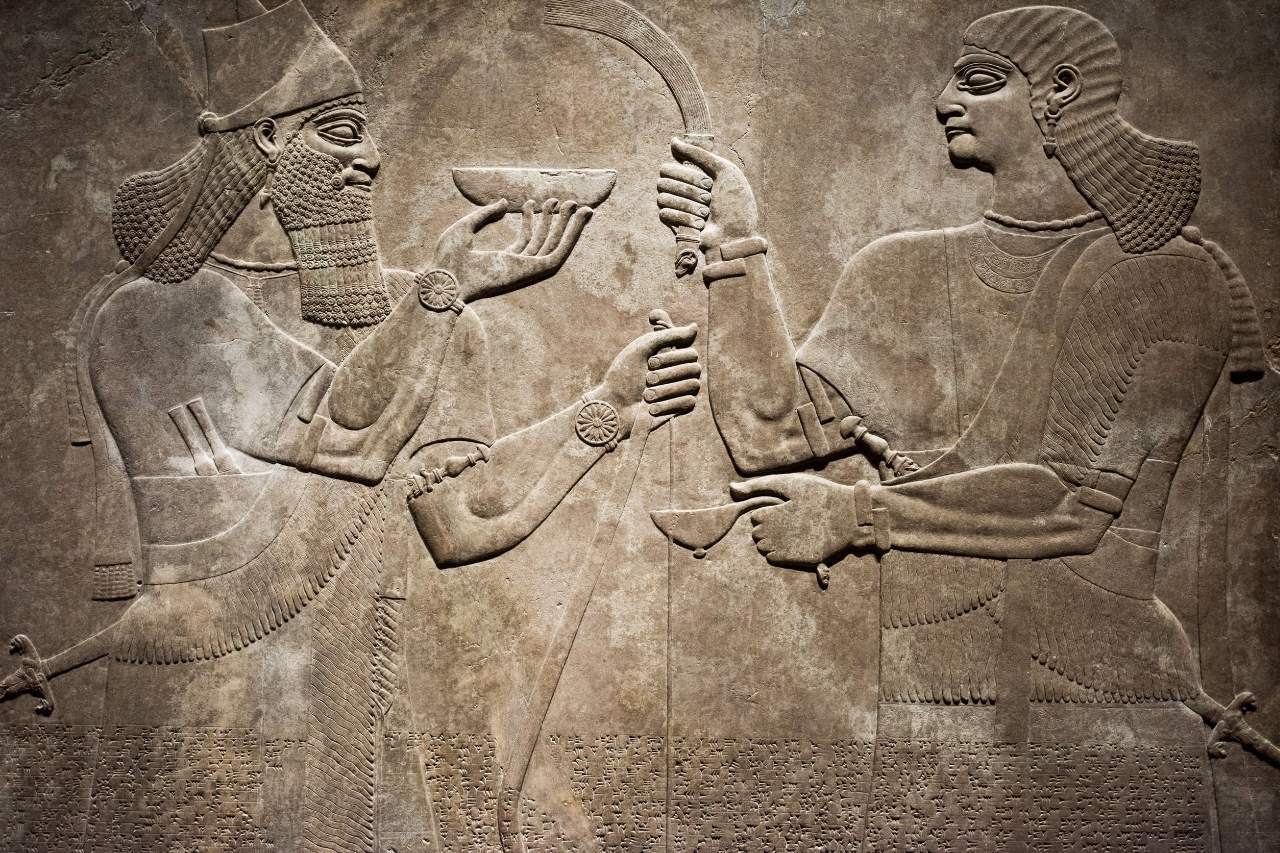
Nibiru’s last visit, according to Zecharia Sitchin, occurred in 556 BC, and given its 3,600-year orbit, its return is expected in the Third Millennium. However, he believes that the Anunnakis may come sooner, somewhere between 2090 and 2370, and that their arrival will coincide with the astrological change from the Age of Pisces to the Age of Aquarius.



